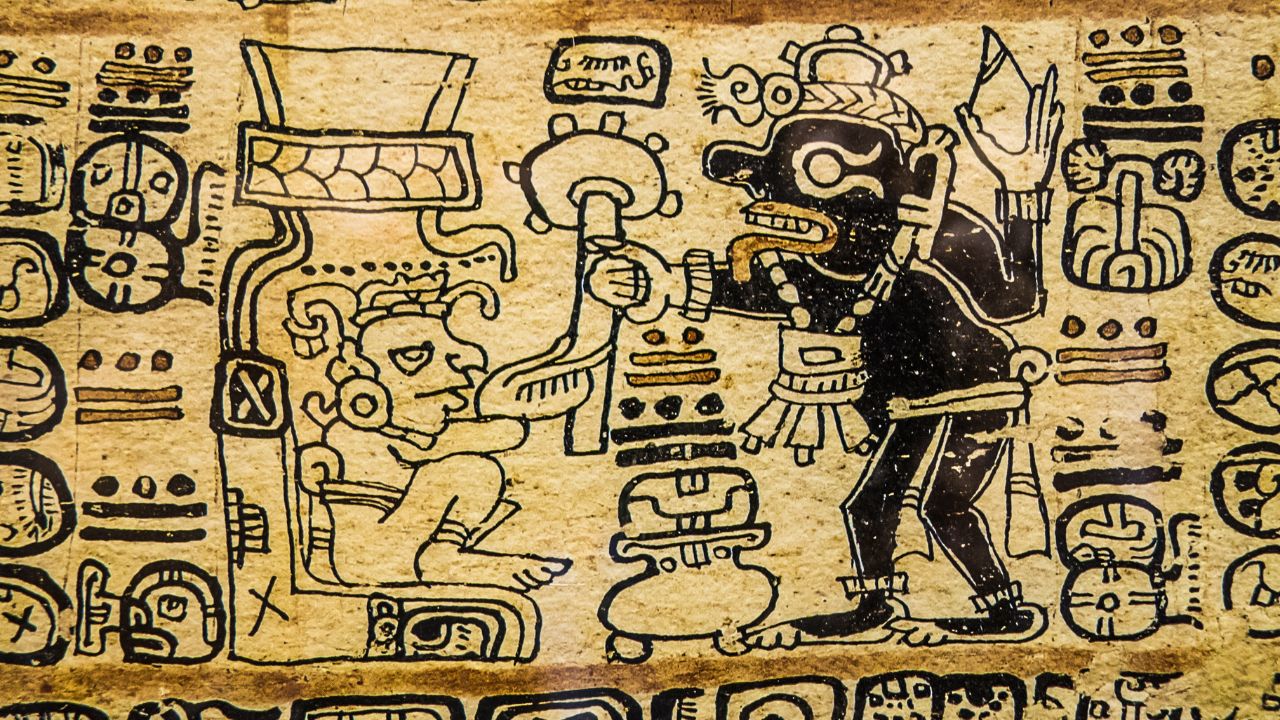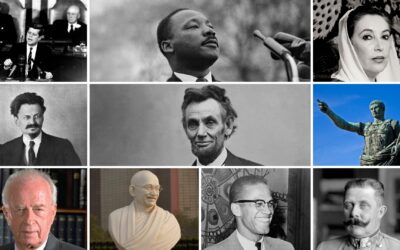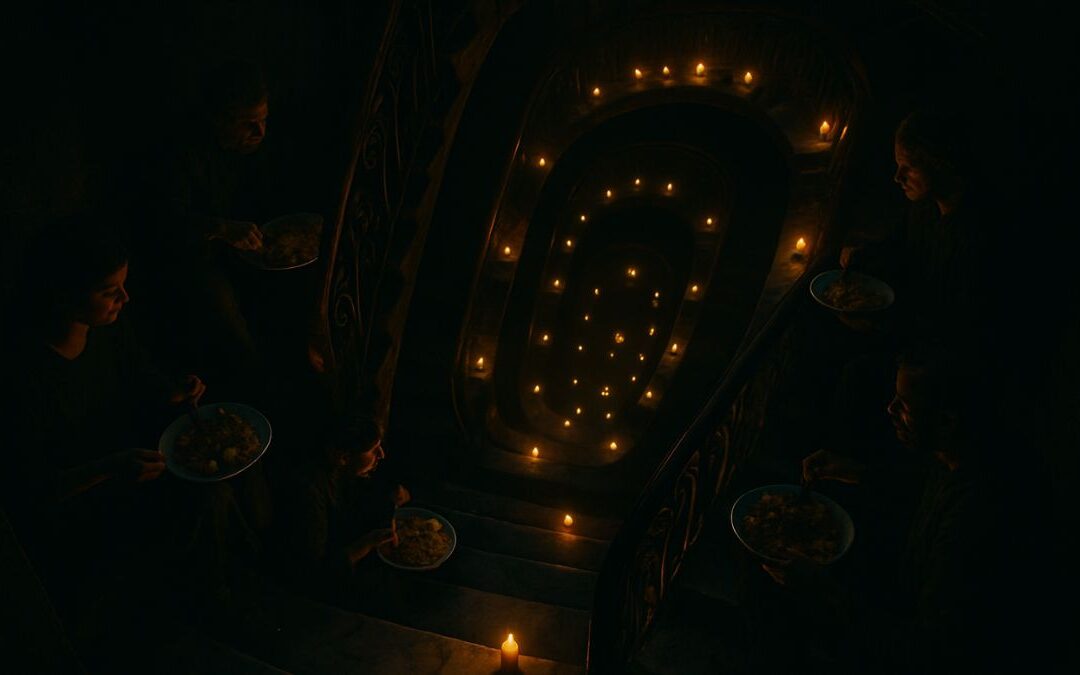- Introduction
- I. The Rise of the Aztec Empire
- II. Aztec Achievements
- III. The Downfall of the Aztec Empire
- Conclusion
- You May Be Still Wondering…
- How did the Aztecs view human sacrifice, and why was it so important to their religion?
- How did the Spanish manage to conquer such a vast and powerful empire with relatively few soldiers?
- What happened to the remaining Aztec people after the fall of the empire?
- How accurate are the historical accounts of the Aztec Empire, considering that much of the information comes from Spanish sources?
- Are there any descendants of the Aztec people alive today, and if so, how do they preserve their cultural heritage?
- Keywords
Introduction
The Aztec Empire, one of the most powerful and fascinating civilizations in history, has long captivated the imaginations of historians and the general public alike. This Mesoamerican civilization, which emerged around the 14th century, was known for its architectural achievements, sophisticated agricultural techniques, and complex social structure. However, the empire’s seemingly unstoppable rise to power was brought to an abrupt end by a combination of internal conflict, European intervention, and devastating disease. This article will delve into the Aztec Empire’s history, achievements, and the reasons behind its downfall.
I. The Rise of the Aztec Empire
A. Early Beginnings
The Aztecs, who referred to themselves as the Mexica, were a Nahuatl-speaking people who migrated from northern Mexico to the Basin of Mexico around the 13th century. They eventually settled in Tenochtitlan (now Mexico City) in 1325, where they built an impressive island city that would serve as their capital.
B. Expansion
The Aztec Empire began to expand under the leadership of Itzcoatl (1427-1440) and his nephew, Moctezuma I (1440-1469). They formed alliances with nearby city-states, such as Texcoco and Tlacopan, and created a confederation known as the Triple Alliance. This strategic partnership allowed the Aztecs to grow their territory, amass wealth through tribute, and exert control over their neighbors.
C. Peak of Power
By the early 1500s, the Aztec Empire had reached its zenith under the rule of Moctezuma II (1502-1520). At this point, the empire controlled a vast area that extended from the Gulf of Mexico to the Pacific Ocean, and its population is estimated to have been between 5 and 15 million people.
II. Aztec Achievements
A. Agriculture
The Aztecs were expert farmers who developed advanced agricultural techniques, such as the chinampas, or floating gardens. These artificially constructed islands were used to cultivate crops and maximize the use of available land in the swampy Basin of Mexico.
B. Architecture
The Aztecs constructed magnificent temples, palaces, and other monumental buildings that showcased their engineering prowess. Tenochtitlan, their capital city, was a marvel of urban planning, featuring interconnected canals, causeways, and aqueducts.
C. Art and Culture
Aztec art was an integral part of their daily life and religious practices. They produced intricate stone sculptures, fine gold and silver work, and vividly colored featherwork. The Aztecs were also known for their impressive codices, or painted manuscripts, which chronicled their history, rituals, and scientific knowledge.
D. Religion
Religion was central to Aztec society, with a complex polytheistic belief system that featured a pantheon of gods and goddesses. Human sacrifice played a significant role in their religious practices, as they believed it was necessary to appease the gods and maintain cosmic balance.
III. The Downfall of the Aztec Empire
A. Internal Conflict
In the years leading up to the Spanish arrival, the Aztec Empire had grown increasingly unstable. Power struggles within the ruling class, overdependence on tribute, and resentment from conquered peoples all contributed to the weakening of the empire’s social and political structures.
B. Arrival of the Spanish
In 1519, the Spanish conquistador Hernán Cortés arrived on the coast of Mexico with a small force of soldiers. Intrigued by rumors of a wealthy civilization in the interior, Cortés and his men began their march towards Tenochtitlan. Along the way, they forged alliances with disgruntled city-states and indigenous peoples who were unhappy with Aztec rule.
C. First Contact and Alliance Building
Upon reaching Tenochtitlan, Cortés and his men were initially welcomed by Moctezuma II, who believed that the Spanish might be emissaries of the god Quetzalcoatl. However, the relationship between the Aztecs and the Spanish quickly soured, as the Spanish became increasingly aggressive and demanding.
Cortés formed alliances with several indigenous groups, notably the Tlaxcalans, who had long-standing grievances against the Aztecs. These alliances provided the Spanish with valuable intelligence, resources, and military support.
D. The Capture of Moctezuma II and the Noche Triste
In 1520, as tensions between the Aztecs and the Spanish escalated, Cortés took Moctezuma II hostage in an attempt to control the empire. However, this strategy backfired, as it only served to further enrage the Aztec people. In June 1520, the Spanish were forced to flee Tenochtitlan during the event known as La Noche Triste (the Sad Night), suffering significant losses.
E. The Siege of Tenochtitlan and the Fall of the Aztec Empire
Despite their setback, Cortés and his forces regrouped and launched a full-scale assault on Tenochtitlan in May 1521. With the help of their indigenous allies, the Spanish laid siege to the city, cutting off supplies and launching a series of devastating attacks.
F. Disease
One of the most significant factors in the fall of the Aztec Empire was the introduction of Old World diseases, such as smallpox, to the New World. These diseases, to which the indigenous population had no immunity, spread rapidly throughout the empire, decimating the population and crippling their ability to resist the Spanish.
G. The End of the Aztec Empire
The combination of disease, internal conflict, and the relentless Spanish assault ultimately led to the fall of Tenochtitlan on August 13, 1521. Cuauhtémoc, the last Aztec emperor, was captured by the Spanish, marking the end of the Aztec Empire. In the years that followed, the remaining Aztec people were subjugated by the Spanish, who established the colony of New Spain in their conquered territories.
Conclusion
The Aztec Empire, with its impressive achievements in agriculture, architecture, art, and culture, stands as a testament to the ingenuity and resilience of its people. However, the empire’s downfall was brought about by a combination of internal strife, European intervention, and the devastating effects of disease. The story of the Aztecs serves as a powerful reminder of the complex interplay of forces that can shape the rise and fall of great civilizations.
You May Be Still Wondering…
How did the Aztecs view human sacrifice, and why was it so important to their religion?
The Aztecs believed that the gods required human sacrifice to maintain cosmic balance and ensure the continuation of life. They saw it as a necessary act to repay the gods for their sacrifices in creating the world and sustaining it. Human sacrifice was often performed during religious ceremonies and was seen as a sacred duty and a way to honor the gods.
How did the Spanish manage to conquer such a vast and powerful empire with relatively few soldiers?
The Spanish were able to conquer the Aztec Empire through a combination of advanced weaponry, military tactics, and the strategic use of alliances with local indigenous groups who were unhappy with Aztec rule. The introduction of diseases like smallpox, which devastated the Aztec population, also played a significant role in weakening the empire and making it more susceptible to conquest.
What happened to the remaining Aztec people after the fall of the empire?
After the fall of the Aztec Empire, the remaining Aztec people were subjugated by the Spanish and integrated into the new colonial system of New Spain. Many were forced into labor and compelled to adopt European customs, religion, and language. Over time, the Aztec culture blended with that of the Spanish, resulting in the rich and diverse mestizo culture that characterizes Mexico today.
How accurate are the historical accounts of the Aztec Empire, considering that much of the information comes from Spanish sources?
While many historical accounts of the Aztec Empire come from Spanish sources, it is essential to approach these accounts critically and consider potential biases. The Spanish conquistadors and chroniclers may have had an incentive to portray the Aztecs as barbaric and their conquest as justified. However, there are also indigenous sources, such as codices and oral traditions, that provide valuable insights into Aztec history and culture. Modern scholarship aims to create a more balanced and nuanced understanding of the Aztec Empire by combining various sources and perspectives.
Are there any descendants of the Aztec people alive today, and if so, how do they preserve their cultural heritage?
There are indeed descendants of the Aztec people alive today, primarily in Mexico. Many of these descendants identify as Nahua, the ethnic group that includes the Aztecs. Some Nahua communities continue to speak Nahuatl, the language of the Aztecs, and practice traditional customs, rituals, and crafts. Efforts to preserve and revitalize Nahuatl and other aspects of Aztec culture are ongoing, with support from both community members and academic institutions.
Keywords
- Chinampas: artificial islands made of mud and vegetation that were used for agricultural purposes in the Aztec Empire.
- Polytheistic: a belief system that involves the worship of multiple gods and goddesses.
- Human sacrifice: the ritual killing of humans as an offering to gods or for other religious purposes.
- Conquistador: a Spanish conqueror, particularly one who participated in the colonization of the Americas in the 16th century.
- Mestizo: a person of mixed European and indigenous American ancestry.
- Nahuatl: a family of indigenous languages spoken in Mexico and Central America, including the language of the Aztecs.
- Tenochtitlan: the capital city of the Aztec Empire, located on an island in the middle of a lake in the Basin of Mexico.
- Quetzalcoatl: a major deity in Aztec religion, often depicted as a feathered serpent and associated with fertility, creation, and wisdom.
- Smallpox: an infectious disease caused by the variola virus that was introduced to the Americas by European colonizers and had devastating effects on indigenous populations.
- Indigenous: referring to the original inhabitants of a particular region or country, often used to describe the pre-colonial peoples of the Americas.










0 Comments